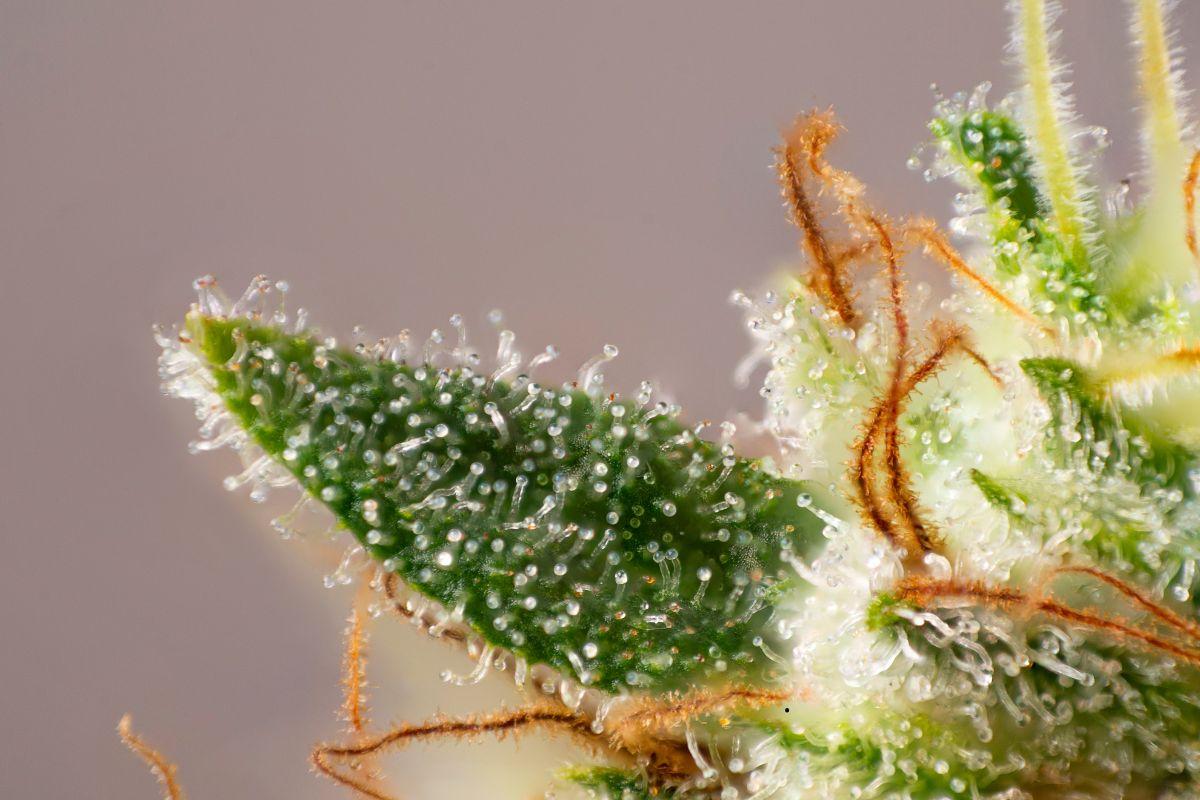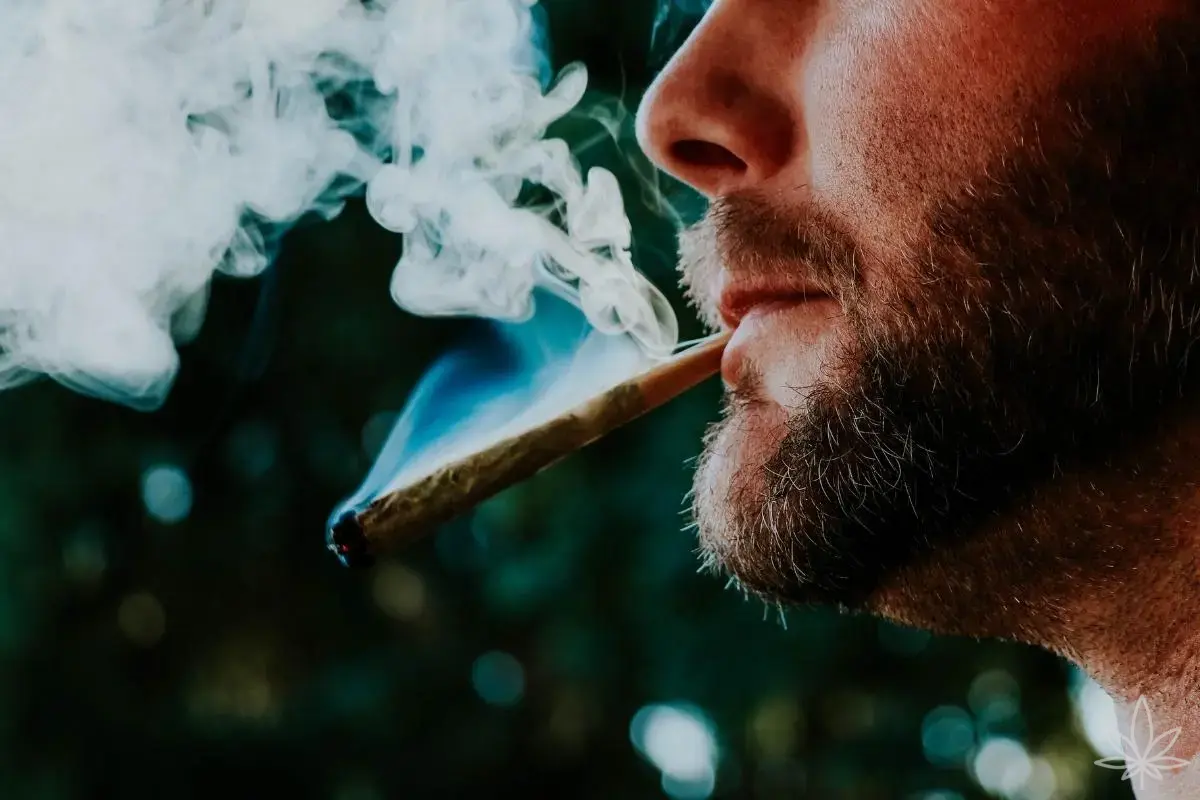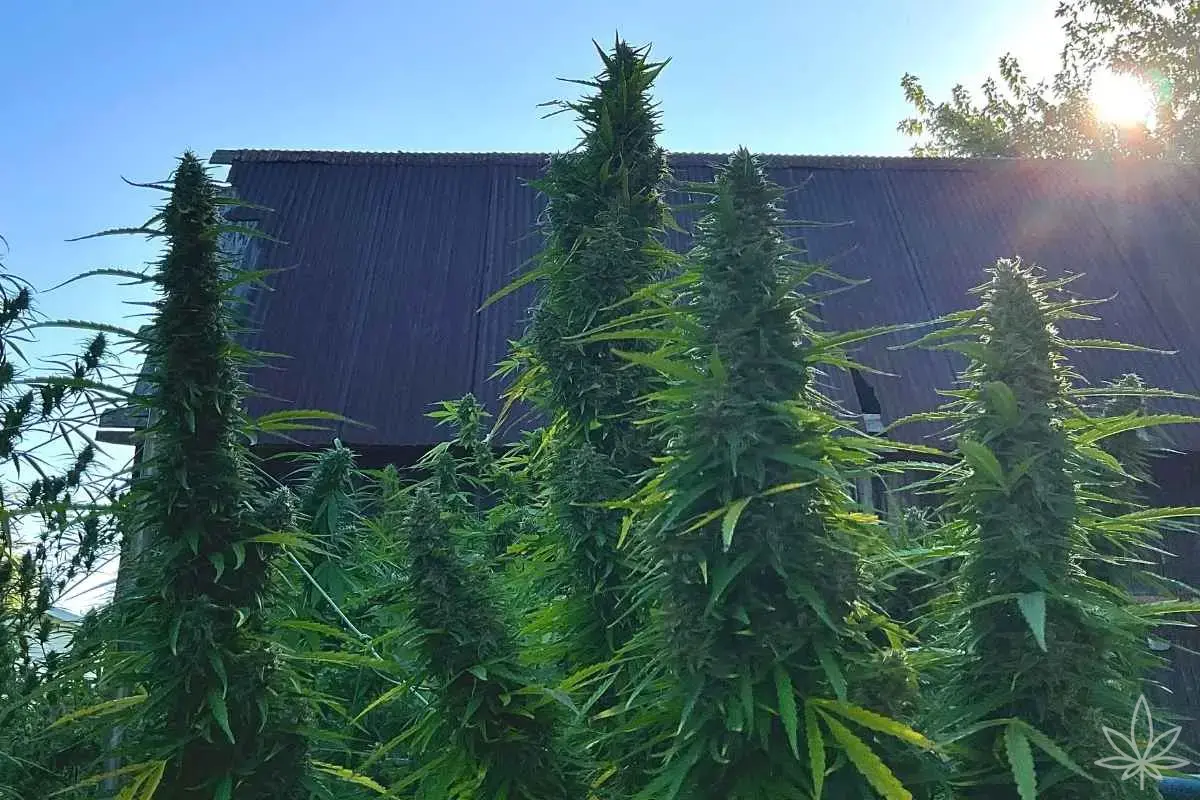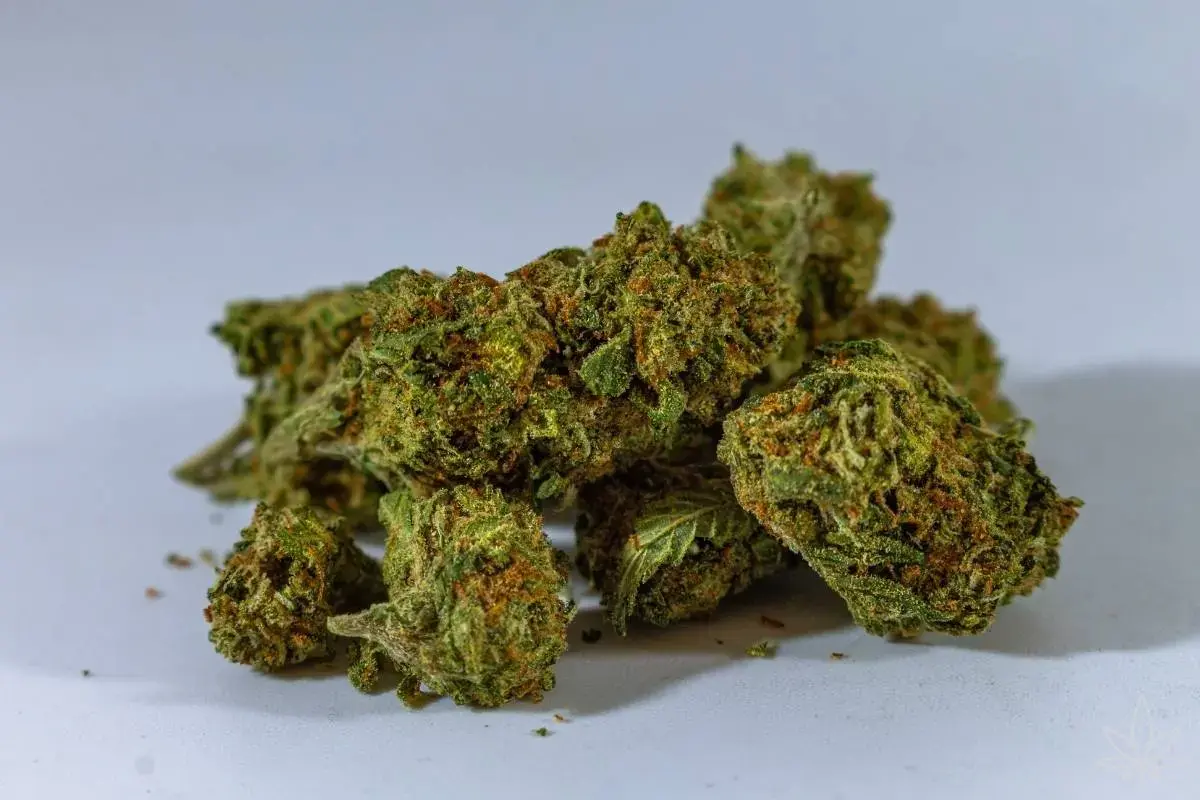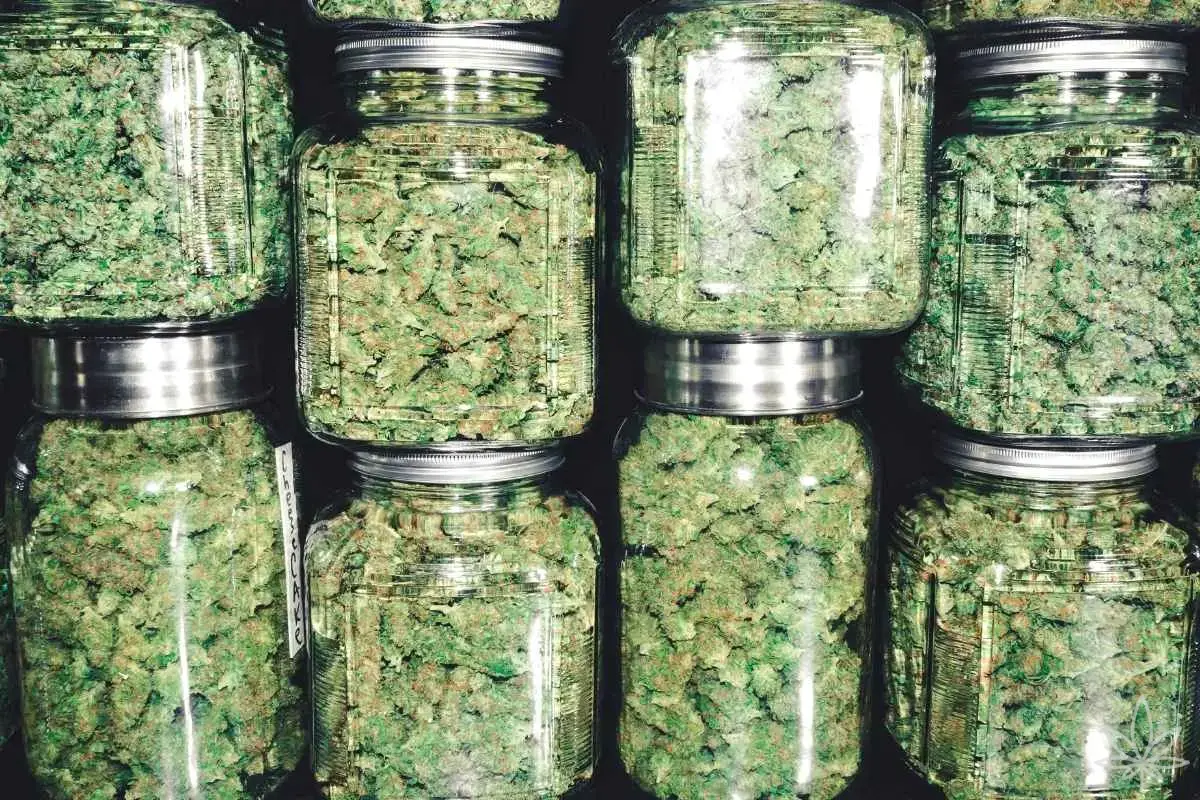In the world of indoor cannabis cultivation, one decision can make or break your entire yield – when to harvest. Cutting too early means lower potency and smaller flower mass. Waiting too long leads to cannabinoid degradation and a heavier, often sleep-inducing effect. The ideal timing? That short, few-day “sweet spot” when the plant reaches its absolute peak.
The question is: how do you recognize it?
Why harvest timing matters so much
When growing indoors, you have the advantage over outdoor growers – you control lighting, temperature, humidity, and watering. But the flowering phase follows its own biological rules, and you can’t speed it up without consequences.
Once the plant decides its “reproductive mission” is complete, processes begin that gradually lower flower quality. THC converts into CBN, terpenes lose their freshness, and buds start to look less appealing.
Methods for assessing harvest readiness
1. Trichome color and condition – your microscope is your best friend
Trichomes are the tiny, sparkling “crystals” covering flowers and sugar leaves. They contain most of the cannabinoids and terpenes.
- Clear – not ready; THC is still forming.
- Milky white – maximum THC levels; energetic, head-focused “high.”
- Amber – THC begins breaking down into CBN; more relaxing, body-heavy “stoned” effect.
Optimal timing: about 60–70% milky trichomes and 20–30% amber (the rest can still be clear).
For accuracy, use a 60–100× jeweler’s loupe or a small USB microscope.
2. Pistil color and condition
Pistils are the thin, hair-like structures protruding from the calyxes.
- Young: white, straight, and upright.
- Mature: orange, brown, or red, starting to curl.
General rule: when 70–90% of pistils have changed color, the plant is likely ready.
Note: some strains brown earlier, so always confirm with trichome inspection.
3. Aroma and terpene profile
In the final days of flowering, the scent becomes richer and more intense. If you notice the aroma has peaked and starts shifting slightly (e.g., from fruity to heavier notes), it’s a sign harvest is near.
4. Bud structure and firmness
Mature flowers are dense, heavy, and resin-rich. If the buds are still swelling, hold off. When growth stops and mass is at its peak, it’s time to get your scissors ready.
Common mistakes in judging harvest time
- Harvesting “by eye” – bud appearance alone can be misleading; magnification is a must.
- Relying solely on breeder timelines – flowering weeks listed by seedbanks are guidelines, not strict rules.
- Ignoring strain type – sativas mature more slowly than indicas, and hybrids can surprise you.
- Stressing plants right before harvest – the last 1–2 weeks are a time for stability, not experiments with nutrients or lighting.
Pro tip: the flush phase
About 7–14 days before your planned harvest, flush the medium with clean water (no nutrients). This removes residual fertilizers, resulting in a cleaner taste and smoother burn.
Summary – hunting for the perfect moment
Harvest timing isn’t pure math – it’s a blend of observation, experience, and a bit of intuition. Indoor growing gives you control over the environment, but nature still has the final say.
With a loupe in hand, watching trichomes and pistils, tracking aroma changes, and feeling bud structure – you’ll find your personal “golden day.” And remember: it’s usually better to cut slightly late than too early – you may lose a little THC, but you’ll gain fuller aroma and a deeper, richer effect.

